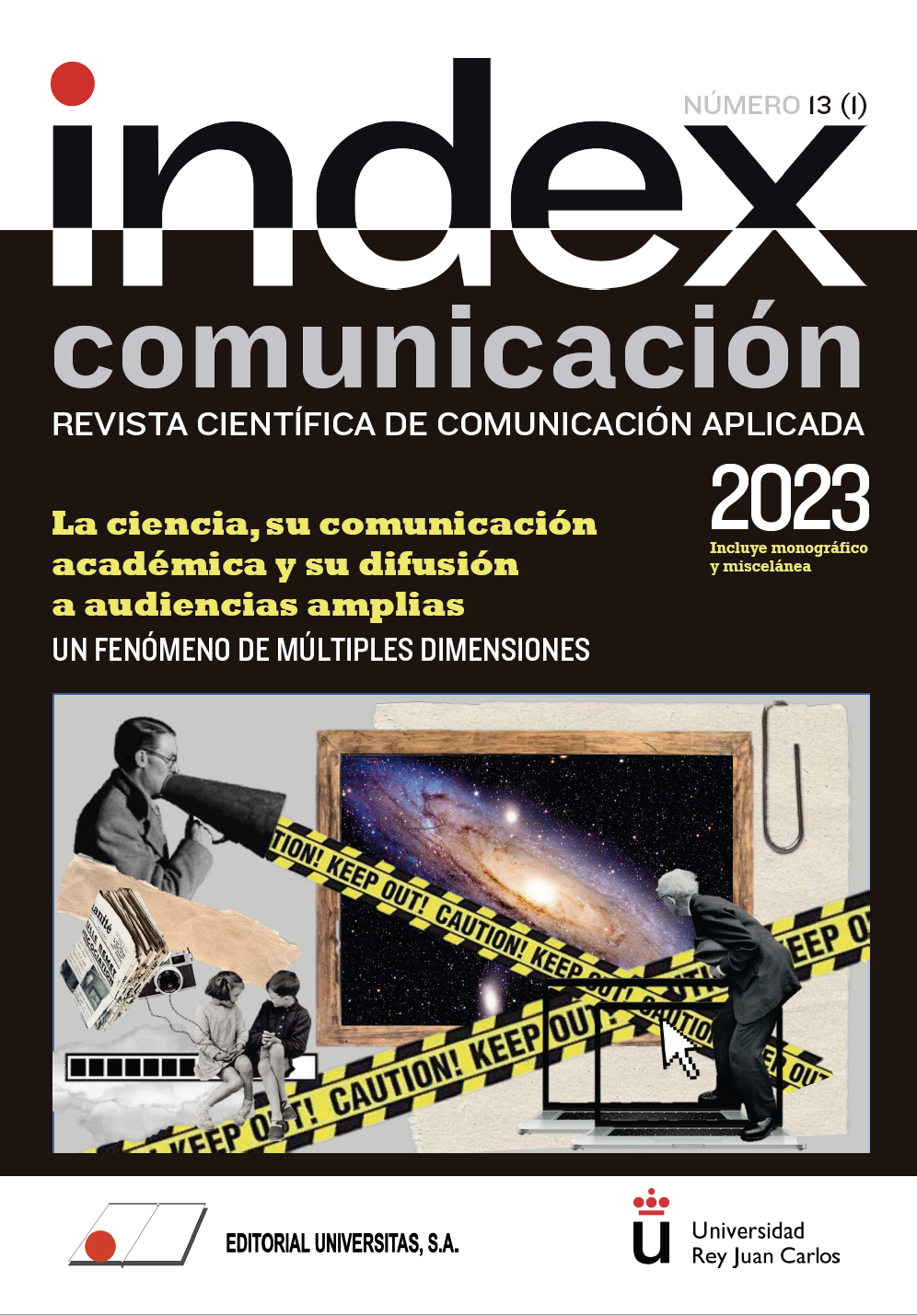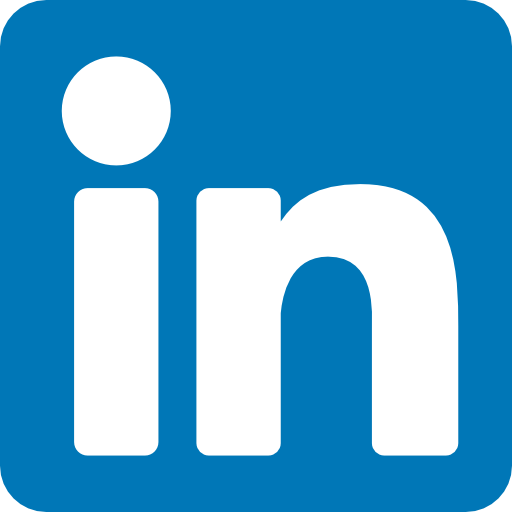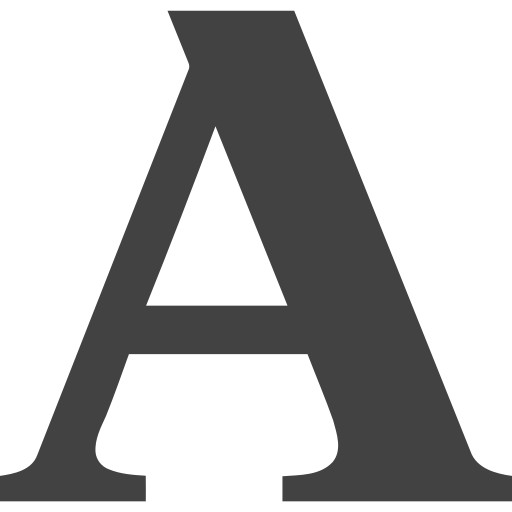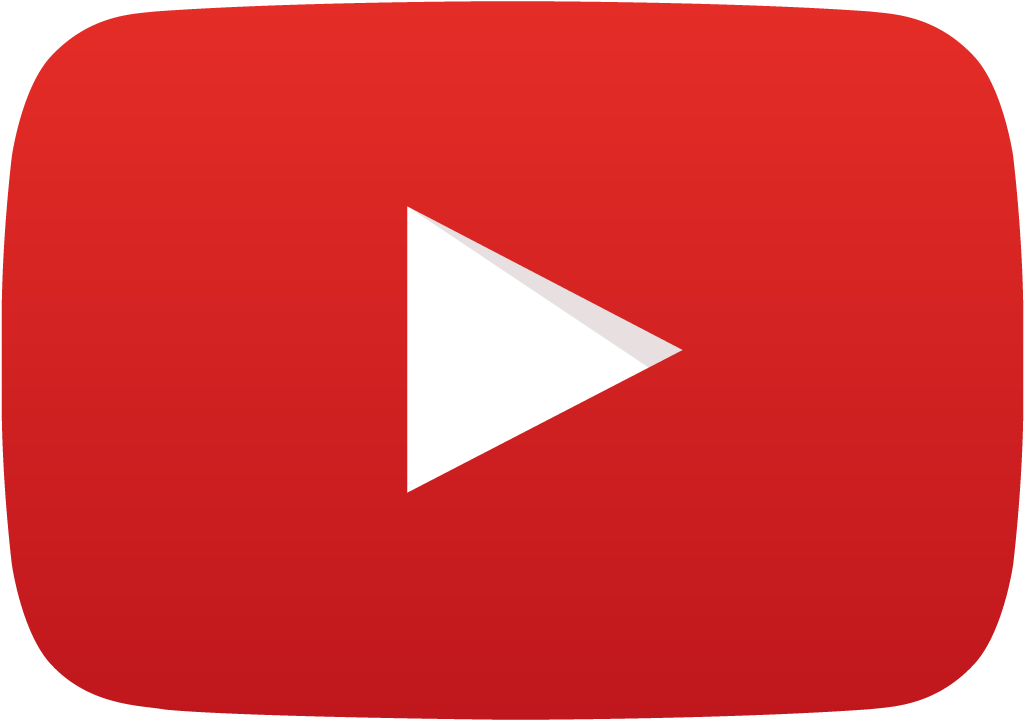Strategies of a Brazilian Public University to Communicate Science in the COVID-19 Pandemic
DOI:
https://doi.org/10.33732/ixc/13/01EstratKeywords:
USP, Infodemic, Virtual Social Networks, Scientific DivulgationAbstract
The circularity of information, enhanced by the technological and social advancement of media platforms, favors the greater reach of rumours, conspiracy theories and communication products that impact, above all, science. In this sense, the new coronavirus pandemic is a historic event with important consequences for humanity and presents, among other challenges, the need to disseminate credible information that helps to combat the spread of the disease. Studying how certain contents are echoed through the use of social networks opens the way to discuss how the public communication of science is articulated with the narratives circulating on the networks. It is from this context that the present study presents itself, by mapping the communication strategies in virtual social networks implemented by the University of São Paulo (USP), which, according to indicators, figures as the largest research producer in Brazil and second in Latin America. The content analysis of Facebook posts, published during the initial months of registration of cases and deaths from the virus, from February to April 2020, sought to understand the relationship between media communication and the responsibility of organizations that produce science for combat disinformation and denialist movements.
Metrics
References
BEZERRA, A.C.; SCHNEIDER, M. e CAPURRO, R. (2022). O arco teleológico da ética da desinformação: dos pomadistas de Machado de Assis aos negacionistas da pandemia. Reciis – Revista Eletrônica de Comunicação, Informação & Inovação em Saúde, 16(2), 317-331. https://doi.org/10.29397/reciis.v16i2.3270
BOLTER, J. e GRUSIN, R. (2000). Remediation: understanding new media. Cambridge, Massachusetts: The MIT Press.
BOTEI, M. (2017). Mis information with fake news. Transilvania University of Brasov. Series VII, Social Sciences, Law.; Brasov., 10(2), 133-140.
BRÜGGEMANN, M.; LÖRCHER, I. e WALTER, S. (2020). Post-normal science communication: exploring the blurring boundaries of science and journalism. Journal of Science Communication, 19(3), 1-22. https://doi.org/10.22323/2.19030202
BUENO, W. (2010). Comunicação científica e divulgação científica: aproximações e rupturas conceituais. Revista Informação & Informação, 15, 1-12. https://doi.org/10.5433/1981-8920.2010v15n1espp1
D’ANCONA, M. (2018). Pós-Verdade: A nova guerra contra os fatos em tempos de Fake News. São Paulo: Faro Editorial.
DE GRANDI, M.L. e FLORES, N. (2020). Estratégias de engajamento de pesquisadores nas mídias sociais do periódico ciência rural. Revista do Edicc, 6, 311-322.
DUARTE, J. (2007). Comunicação pública – Estado, mercado, sociedade e interesse público. São Paulo: Editora Atlas.
DUARTE, J. (2003). Instituições científicas: da divulgação à comunicação. Revista Universitas Comunicação, 1, 47-53.
DURAN, P. (2020, outubro 8). Governo Dória desiste de privatizar 4 empresas e tenta avançar ajuste fiscal. CNN Brasil. Recuperado de https://tinyurl.com/mtf8prm4
ESCOBAR, H. (2019, setembro 15). 15 universidades públicas produzem 60% da ciência brasileira. Jornal da USP. Recuperado de https://tinyurl.com/yd8ck5f7
FORBES, S. e MINTS, A.P. (2002). Web of Deception: Misinformation on the Internet. Medford: Information Today.
GORGULHO, G. (2019, setembro 14). Crescimento das ‘fakenews’ influencia agenda pública e requer ações. Jornal da Unicamp. Recuperado de https://tinyurl.com/mps7w82z
GRUNIG, L.; GRUNIG, J. e DOZIER, D. (2002). Excellent Public Relations and effective organizations: a study of communication management in three countries. London: Routledge Communication Series.
JARAMILLO, J.C. (2003). Experiencia de la Comunicación Pública. La Iniciativa de Comunicación. Recuperado de https://tinyurl.com/577znvak
JORNAL DA USP (2020, agosto 18). Projeto de lei prevê recolhimento das reservas financeiras das universidades; Cruesp analisa impactos. Jornal da USP. Recuperado de https://tinyurl.com/29ma94f7
KEMP, S. (2019, janeiro 31). Digital in 2019: Global Internet Use Accelerates. We Are Social. Recuperado de https://tinyurl.com/3w53wme9
MARCHIORI, M. (2008). Cultura e Comunicação Organizacional: um olhar sobre a organização. 2. ed. São Caetano do Sul: Difusão.
MATTHEWS, D. (2020 maio 7). Public trust in science ‘soars following pandemic’. Times Higher Education.
OPAS. (2020) Entenda a infodemia e a desinformação na luta contra a Covid-19. Brasília: Departamento de Evidência e Inteligência para Ação em Saúde. (Página informativa n. 5). Recuperado de https://tinyurl.com/5t4fhm35
PINHEIRO, M.M.K. e BRITO, V.P. (2014). Em busca do significado da desinformação. DataGramaZero, 15(6), 37-58.
SANTAELLA, L. (2019). A Pós-Verdade é verdadeira ou falsa? Barueri, SP: Estação das Letras e Cores.
SANTOS, E.P. (2022). Desinformação, negacionismo e a pandemia. Unisinos Journal of Philosophy, 23(1), 1-15. https://doi.org/10.4013/FSU.2022.231.03
THE LANCET (2020). COVID-19 in Brazil: “So what?”. The Lancet, 395(10235), 1461. https://doi.org/10.1016/s0140-6736(20)31095-3
TIMES HIGHER EDUCATION (2022). Latin America University Rankings, 2022. Recuperado de https://tinyurl.com/2p83bb9f
UNESCO. Startling digital divides in distance learning emerge. Recuperado de https://tinyurl.com/yb9m5uzh
UNIVERSIDADE DE SÃO PAULO (n.d.). Home [Facebook page]. Facebook. Retrieved Jan 12, 2021, from https://tinyurl.com/yu22u9ps
ZAROCOSTAS, J. (2020, fevereiro 29). How to fight an infodemic. The Lancet, 395(10225), 676. https://doi.org/10.1016/S0140-6736(20)30461-X
Published
How to Cite
Issue
Section
License
Copyright (c) 2022 Pedro Farnese

This work is licensed under a Creative Commons Attribution-NonCommercial 4.0 International License.
Authors who submit to this journal agree to the following terms:
Authors retain copyright and ensure the magazine's right to be the first publication of the work as licensed under a Creative Commons Attribution-NoComercial 4.0 International License that allows others to share the work with an acknowledgment of authorship of the work and the initial publication in this magazine, with no commercial purpose.
Authors can establish separate additional agreements for non-exclusive distribution of the version of the work published in the magazine (for example, to an institutional repository or publish it in a book), with an acknowledgment of its initial publication in this journal.
It allows and authors are encouraged to disseminate their work electronically (eg, in institutional repositories or on their own website) prior to and during the submission process, as it can lead to productive exchanges, as well as a citation more early and most of the published work (See The Effect of Open Access).















